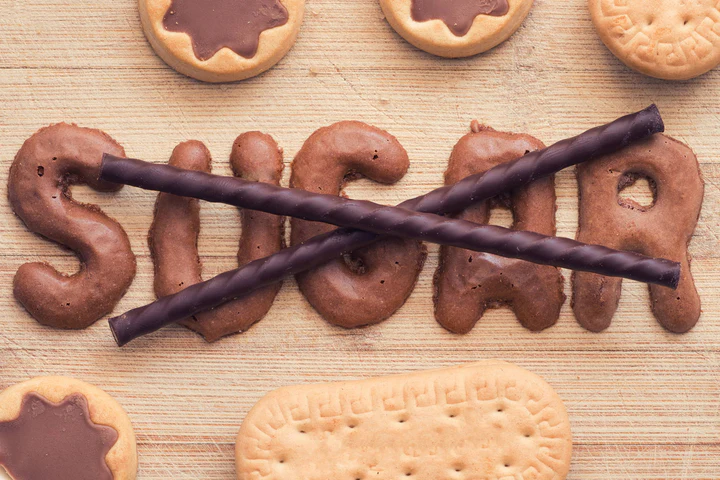Tips for Reducing Sugar Intake
Reducing sugar intake is one of the best steps you can take for your health. Excess sugar is linked to weight gain, heart disease, and other health problems. While cutting back may seem overwhelming, it’s easier than you think with the right strategies. By making small changes and staying consistent, you can enjoy your favourite foods while keeping your sugar levels in check.
Understand Where Sugar Hides
The first step in reducing sugar intake is understanding where it comes from. Sugar is often added to foods you wouldn’t expect, like salad dressings, sauces, and even bread. Check food labels for terms like high-fructose corn syrup, sucrose, or dextrose. Knowing how to spot hidden sugars can help you make smarter choices.

Choose Whole Foods Over Processed Ones
Processed foods are often loaded with added sugars to improve flavor and shelf life. By focusing on whole foods like fruits, vegetables, and whole grains, you naturally reduce sugar intake. For example, instead of buying flavored yogurt, opt for plain yogurt and sweeten it with fresh fruit.
Cut Back on Sugary Beverages
Sugary drinks like sodas, energy drinks, and sweetened teas are some of the largest contributors to excess sugar in diets. Switching to water, unsweetened teas, or sparkling water can significantly lower your sugar consumption. If you miss the sweetness, add a slice of fruit or a dash of natural sweetener like stevia.
Read Nutrition Labels Carefully
Reducing sugar intake starts with reading labels. Look for the “added sugars” section on the nutrition facts panel. Aim for products with little to no added sugars. Comparing brands can also help you find lower-sugar options for your favorite foods.
Learn to Love Natural Sweeteners
Natural sweeteners like honey, maple syrup, or coconut sugar can be better alternatives to refined sugars. While they still contain sugar, they also have some nutritional benefits, like minerals and antioxidants. Use them sparingly to satisfy your sweet tooth without overdoing it.
While focusing on healthier eating habits, it’s important to maintain balance in all lifestyle choices. Just as we monitor our sugar consumption, being mindful of other habits like Cairns online gambling activities ensures overall wellbeing. Reducing sugar starts with reading nutrition labels carefully. Replace sugary drinks with infused water or herbal tea.
Choose whole fruits over processed sweets for natural sweetness.
Plan meals ahead to avoid impulsive sugary choices. Healthy snacks like nuts prevent energy crashes. Remember that moderation is key in all aspects of life.
Cut Down Gradually
Reducing sugar intake doesn’t have to happen overnight. Start by cutting the sugar you add to your coffee or tea in half. Then, slowly decrease it until you no longer need it. Gradual changes make the process easier and more sustainable.
Replace Desserts with Healthier Alternatives
If you love desserts, you don’t have to give them up completely. Swap sugary treats like cakes and cookies for healthier options like dark chocolate, fruit salads, or frozen grapes. These alternatives satisfy your cravings while providing nutrients.
Be Mindful of Portion Sizes
Portion control is key when it comes to reducing sugar intake. Even foods that contain natural sugars, like fruits and dairy, can add up if eaten in large quantities. Stick to recommended serving sizes to avoid consuming too much sugar.
Experiment with Spices
Spices like cinnamon, nutmeg, and vanilla can naturally enhance the flavor of foods and reduce the need for added sugar. For example, sprinkle cinnamon on your oatmeal or mix a little vanilla into your smoothies. This small change can make a big difference.
Plan and Prepare Meals at Home
Cooking at home gives you full control over the ingredients in your meals. Preparing your own sauces, dressings, and snacks allows you to reduce sugar intake significantly. It also ensures you’re eating nutritious and wholesome foods.
Conclusion
Reducing sugar intake is a journey, not a race. By understanding where sugar comes from, making simple swaps, and practicing mindfulness, you can improve your health without feeling deprived. Start with one or two tips from this list and build from there. With time, reducing sugar will become second nature.



